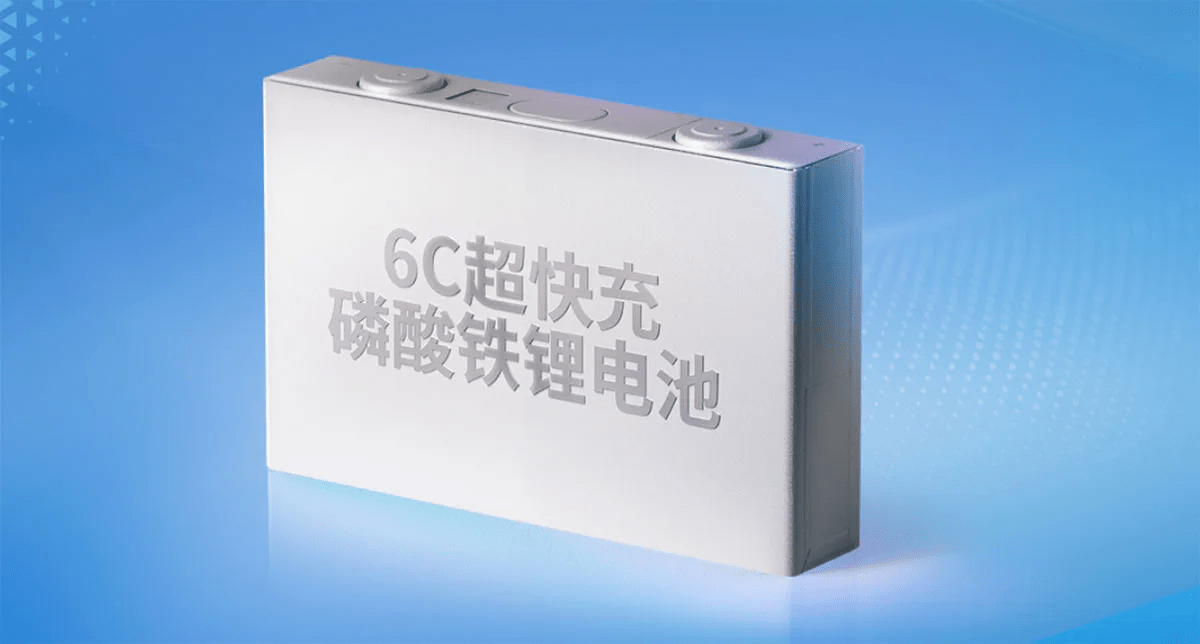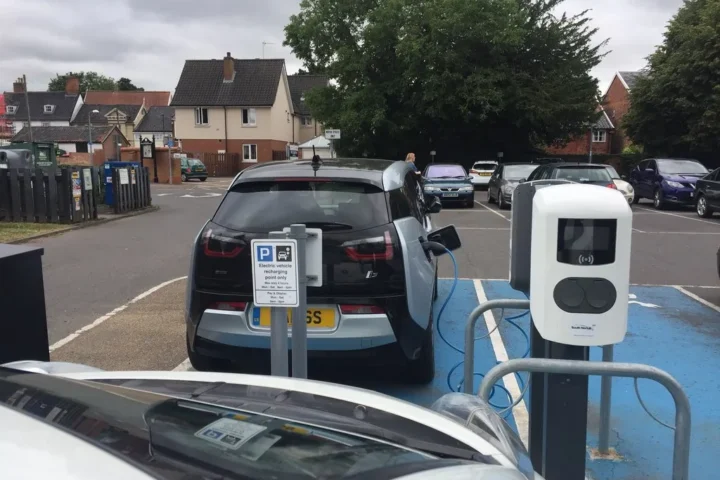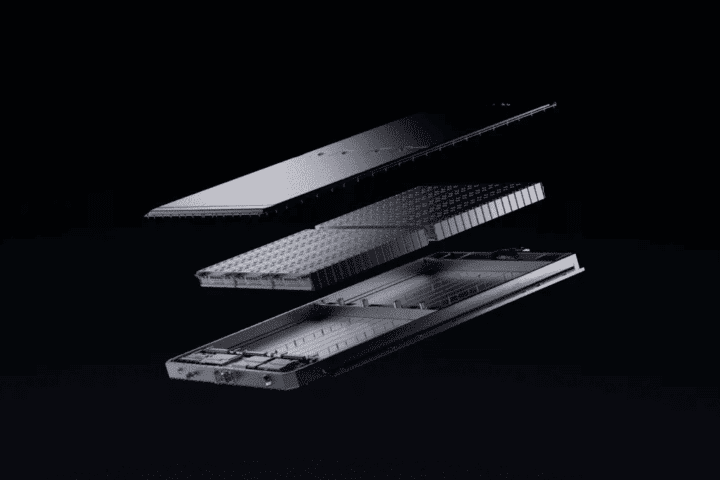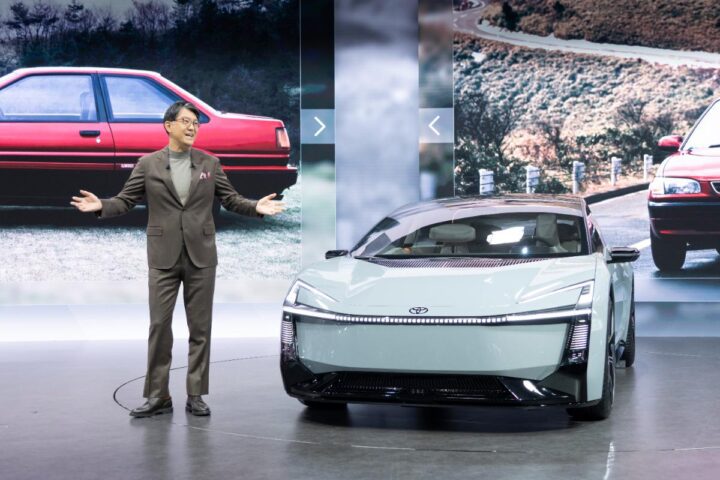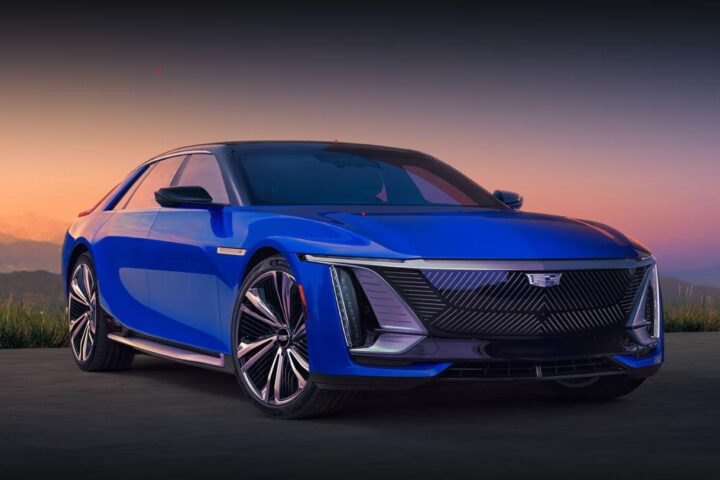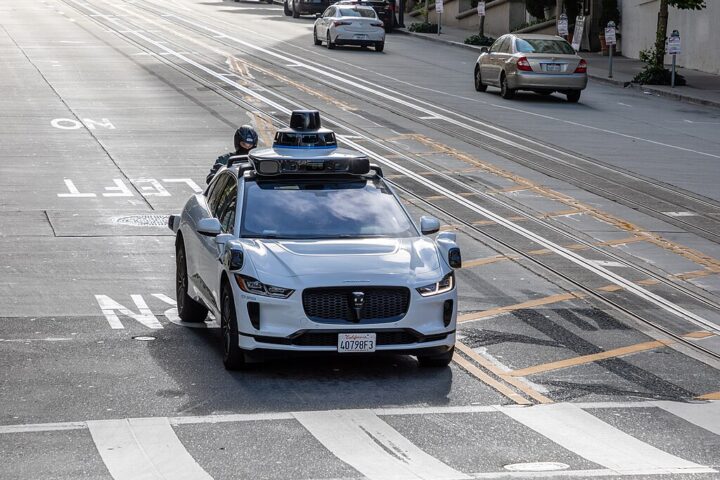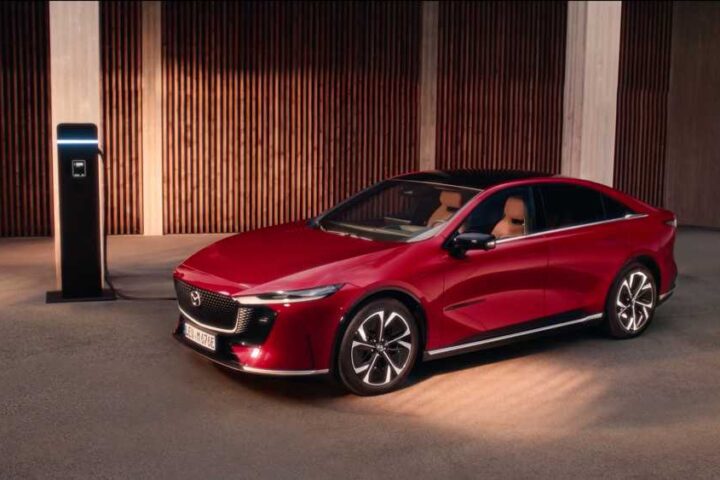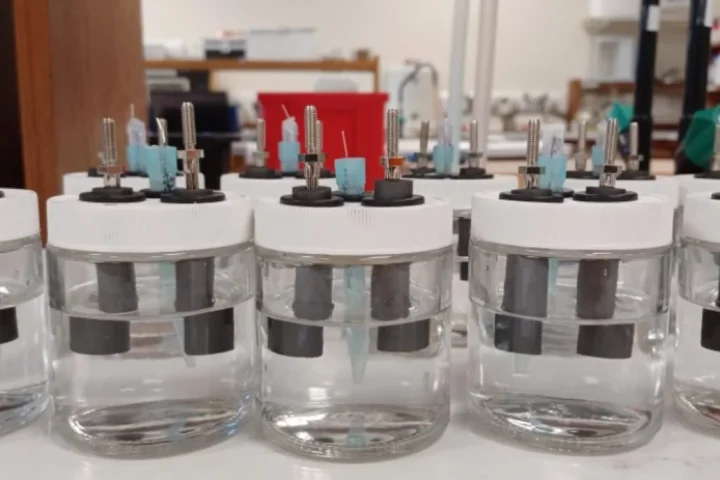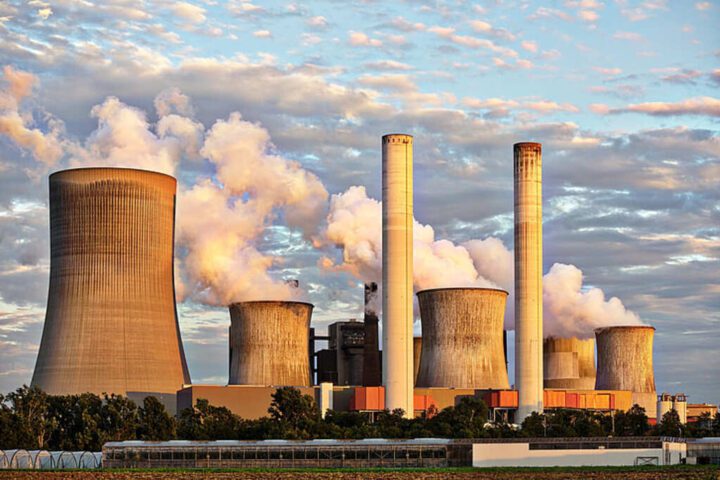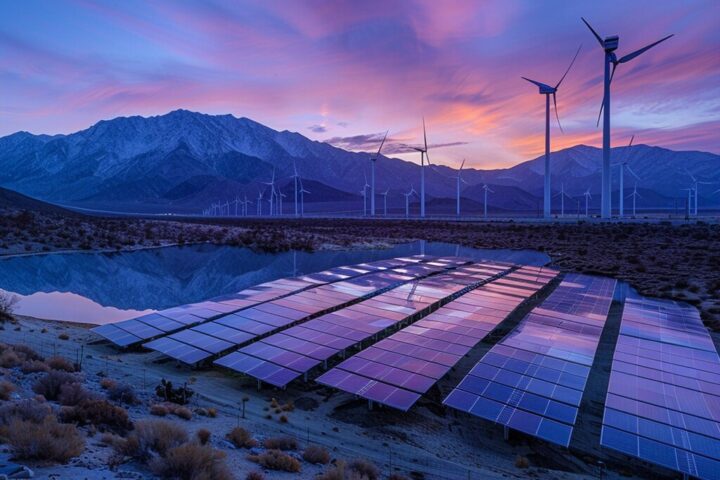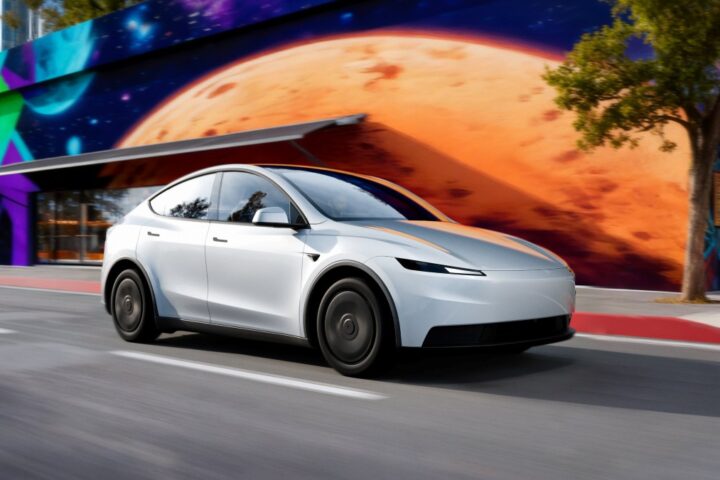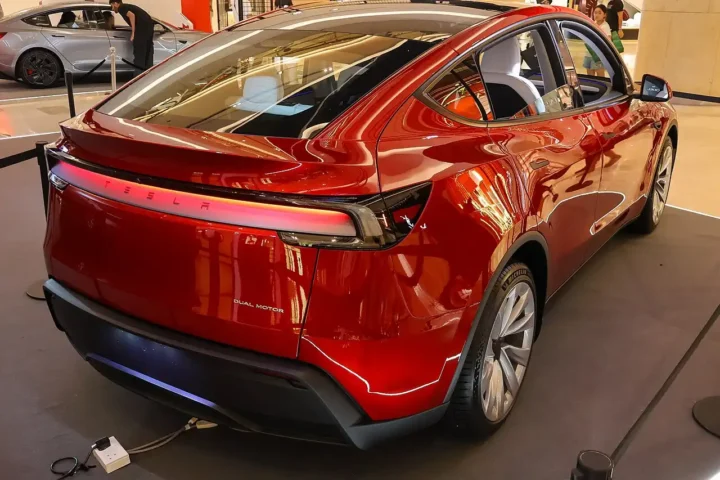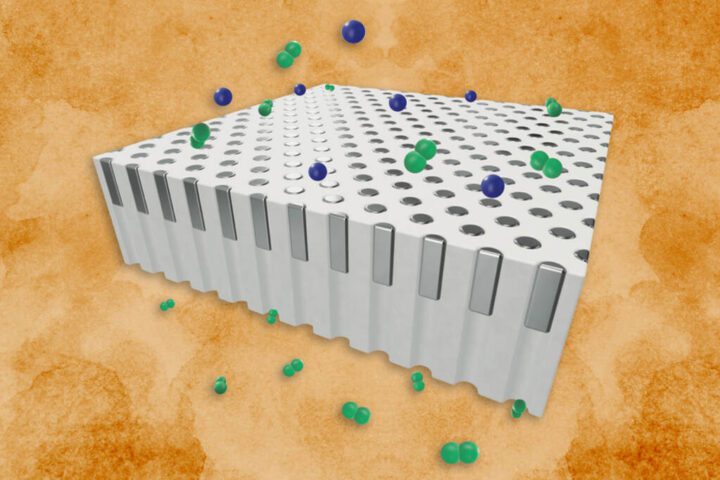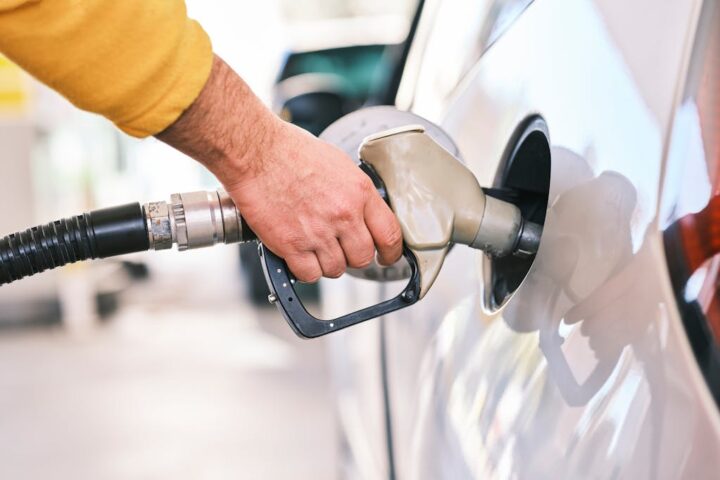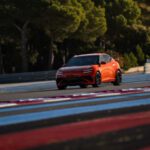CATL has just revealed its cards in electric vehicle batteries. Together with SAIC-GM, China-based partner of General Motors, the world’s largest battery manufacturer has created the world’s first 6C battery, as described by CNEVPost, which the company has announced.
Until now, the fastest battery was Geely and Zeekr’s ‘Golden Battery’, with a 5.5C multiplier, presented last August. What do these figures mean? It means that a battery can theoretically be charged 100% up to 6 times in an hour, in the case of the 6C. That is, 10 minutes.
The new battery is an LFP, lithium iron phosphate. According to CATL, this new battery will allow obtaining a range of up to 200 kilometers or more in just five minutes of charging.
CATL has optimized the process, improving the efficiency of the electrochemical reactions and improving thermal stability. The company does explain that the electrolyte has been reformulated to improve conductivity and its viscosity has been reduced.
The battery is designed to take advantage of Ultium’s 900V architecture, General Motors’ platform. Starting in 2025, this new 6C battery will be available to start being used. In parallel, the Ultium platform will be updated next year with the use of this new 900V voltage architecture and a new structural design.
When we talk about electric cars, we always refer to Tesla as the leader and the great dominator of the industry, although its reign is being threatened by BYD. However, when we talk about the energy and systems that power these electric cars, it is impossible not to refer to CATL. The Chinese company has been leading the battery industry for electric vehicles for more than a decade. It leads not only in terms of production capacity but also in terms of its technologies.
The objective of this development has not focused exclusively on the range or the capacity of the battery itself but has focused on the charging power. Drivers have highlighted that almost as important as the range is the recovery time. That’s why battery manufacturers are striving to find new and revolutionary systems that make the use of the electric car something completely every day.
An extreme charging power that minimizes downtime Public charging infrastructure continues to grow, depending on where you look. Many points offer outstanding charging powers, but it is the battery itself that has to be able to withstand such a high recovery rate. Last year, the Li Auto Mega, a Chinese electric minivan, set a new record thanks to its 5C system battery.
General Motors announced its development back in 2020 and for a relatively short time now, the first electric cars in the family have been enjoying it, such as the Chevrolet Equinox EV or the more impressive GMC Hummer EV. However, these units do not enjoy its latest evolution that will include, among other innovations, the new ultra-fast charging LFP batteries developed with CATL.
Electric mobility is taking a new step towards competitiveness with traditional vehicles.
This technological advance not only promises faster charging times, but also offers a more affordable and durable solution, with a potentially significant impact on the electric vehicle market.
Similar Posts
LFP batteries are cheaper to produce than conventional lithium-ion batteries, which means that electric vehicles that integrate them can remain more competitive in the market.
Also, LFP batteries have a longer lifespan, which improves their sustainability and reduces long-term costs for both manufacturers and users.
A good example of how these batteries could impact the market are vehicles from the MG brand, such as the MG4, which already use LFP batteries to offer affordable electric options.
Cars like the Citroën ë-C3, one of the most economical electric models available, have also opted for this type of technology to remain competitive. With the introduction of this new 6C superfast battery, the accessibility of electric vehicles could take a step forward.
While the promises of this new battery are impressive, it’s important to remember that its success will also depend on the available charging infrastructure.
Without an adequate fast-charging network, even the best battery technology might not reach its full potential.
However, with increasing investment in high-speed charging stations by companies and governments, the landscape is changing rapidly.
As the infrastructure grows, batteries like this could make electric cars as easy to “refuel” as gasoline vehicles, marking a milestone in the transition to a greener and more efficient future.
The introduction of this fast-charging battery is a crucial step in bringing electric cars closer to the expectations of consumers who are looking for a more agile and convenient user experience.
If everything goes as planned, this development will not only improve the experience of current electric car drivers, but also attract more buyers who are still hesitant about the feasibility of making the switch. The future of electric mobility seems brighter and, above all, faster than ever.
